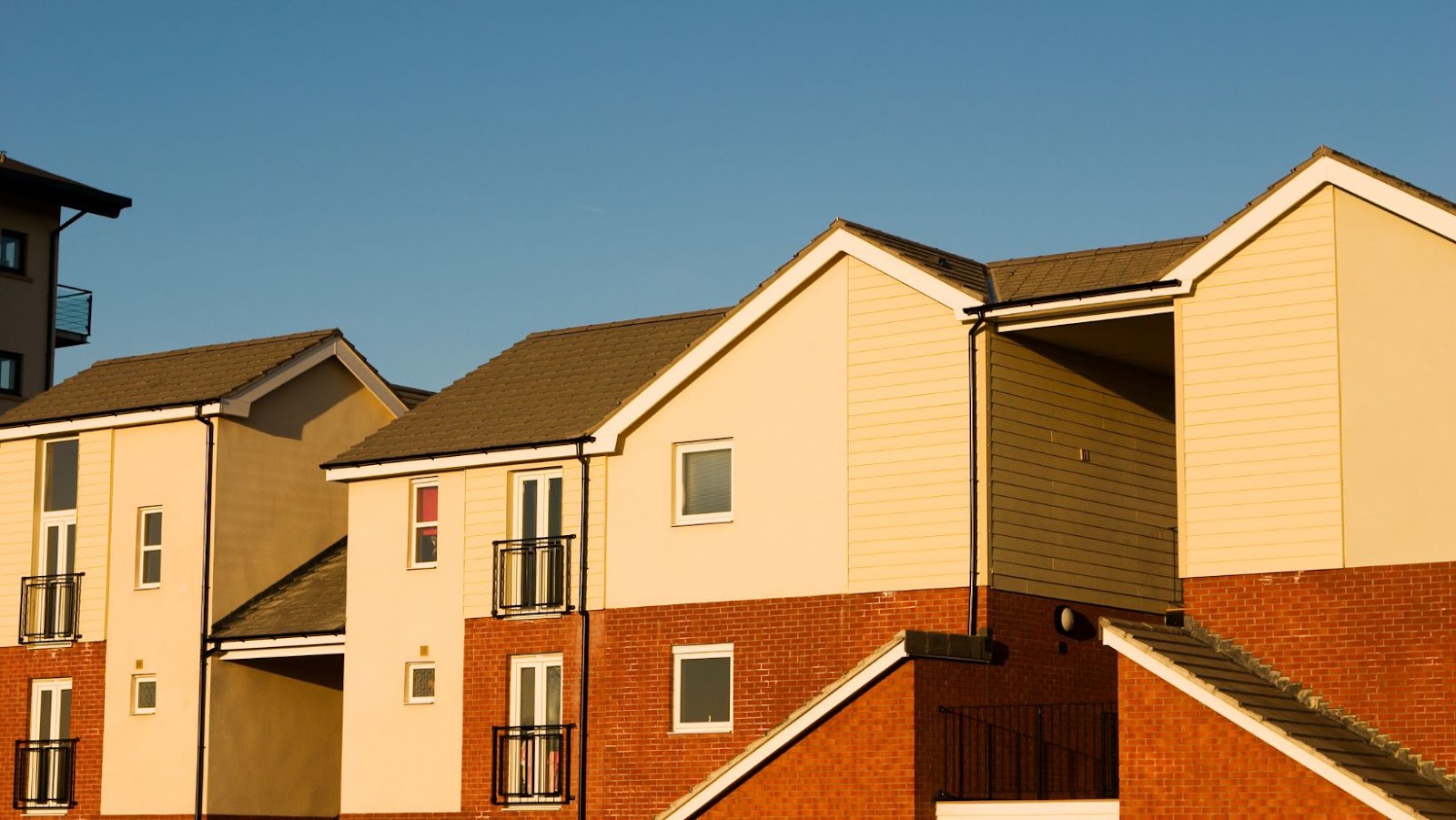Exploring Affordable Housing: Definitions, Programs, and Impact
What Is Affordable Housing
Affordable housing is a term that’s become increasingly significant in urban environments worldwide. As cities grow and living costs soar, the quest for housing that doesn’t break the bank has never been more crucial. This section delves into what affordable housing truly means, its criteria, and its undeniable importance in today’s society.
Definition of Affordable Housing
At its core, affordable housing refers to housing units that are financially accessible to those with lower or median household incomes. It’s a broad term that encompasses various forms of housing, including rentals and homeownership, designed to be affordable for people who might otherwise struggle to find a place to live within their budget. The main goal is to provide safe, decent, and affordable homes to individuals and families, ensuring they don’t have to spend an exorbitant portion of their income on housing.
Criteria for Affordable Housing
Determining what is affordable housing involves several criteria, which can vary by region. However, there are general benchmarks that help define affordability:
- Income level: Affordable housing is primarily aimed at individuals or families whose income falls below the median for their area.
- Housing cost relative to income: A common guideline is the 30% rule, suggesting that housing is considered affordable when it costs no more than 30% of a household’s income.
- Quality and Safety: Affordable housing should meet basic standards of quality and safety, ensuring residents live in conditions that respect their dignity and well-being.
The table below gives a summary of these criteria:
| Criteria | Description |
| Income Level | Targeted at those with incomes below area median |
| Housing Cost Relative to Income | Costs no more than 30% of household’s income |
| Quality and Safety | Must meet basic standards of living and safety |
 Importance of Affordable Housing
Importance of Affordable Housing
The significance of what is affordable housing cannot be overstated. It’s a vital component of any holistic approach to urban development and social equity. Here are key reasons why it’s important:
- Reduces Poverty: By lowering housing costs, affordable housing plays a crucial role in reducing the risk of poverty and homelessness.
- Promotes Diversity and Inclusion: It supports the creation of mixed-income communities where a diverse population can live, work, and thrive together.
- Economic Benefits: Affordable housing can stimulate local economies by increasing disposable income for low- and medium-income families, fueling spending in other
Government Initiatives for Affordable Housing
Understanding what is affordable housing involves not only recognizing its criteria and significance but also acknowledging the role of government in promoting housing affordability. Governments at various levels play a pivotal role in ensuring that affordable housing is accessible to those who need it most. Through a range of initiatives, including regulations, subsidies, and direct housing provision, federal, state, and local governments strive to address the challenges of housing affordability.
Federal Programs
The federal government has established numerous programs aimed at fostering affordable housing across the United States. One of the most significant is the Low-Income Housing Tax Credit (LIHTC) program, which incentivizes private investors to develop affordable rental housing for low-income Americans. Another vital program is Section 8, also known as the Housing Choice Voucher Program, which provides rental assistance to low-income families, allowing them to afford decent, safe, and sanitary housing in the private market. Additionally, the Department of Housing and Urban Development (HUD) plays a critical role in affordable housing through its funding and regulation of public housing agencies, supporting over 1.2 million households in public housing units.
 State Programs
State Programs
State governments complement federal efforts by tailoring affordable housing programs to meet local needs. Many states have established their own housing finance agencies to allocate LIHTC credits, issue tax-exempt bonds, and offer low-interest loans for affordable housing developments. For example, California’s Affordable Housing and Sustainable Communities (AHSC) program not only supports housing but also invests in infrastructure improvement and environmental benefits to create more sustainable communities. State-level initiatives often focus on areas not sufficiently covered by federal programs, addressing specific regional challenges in affordable housing provision.
Local Initiatives
At the local level, governments are innovating to increase the supply of affordable housing through zoning laws, density bonuses, and direct funding. Cities like New York and San Francisco have implemented inclusionary zoning policies that require a portion of units in new residential developments to be set aside for low- to moderate-income households. Additionally, local governments frequently partner with non-profit organizations to fund and develop affordable housing projects.